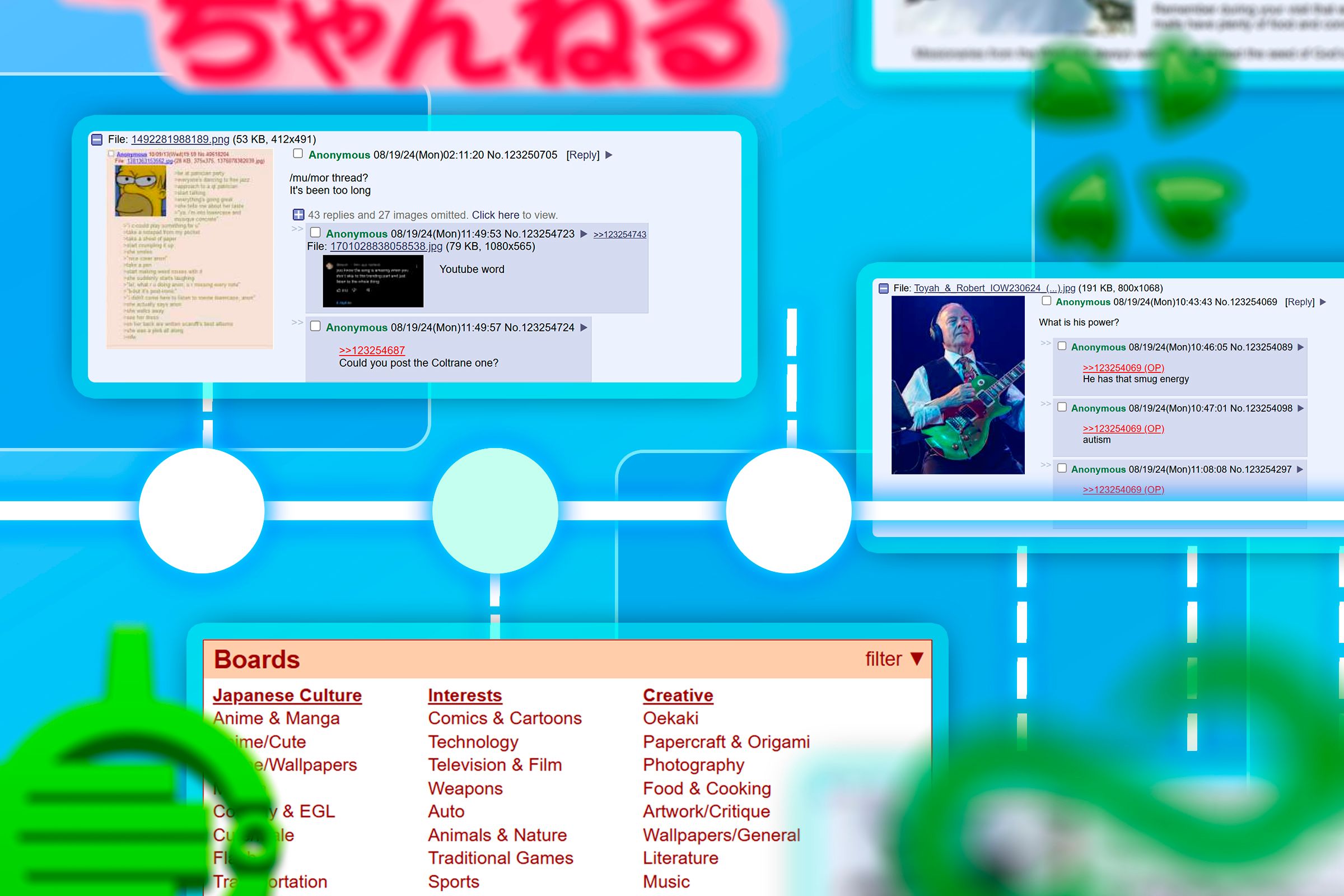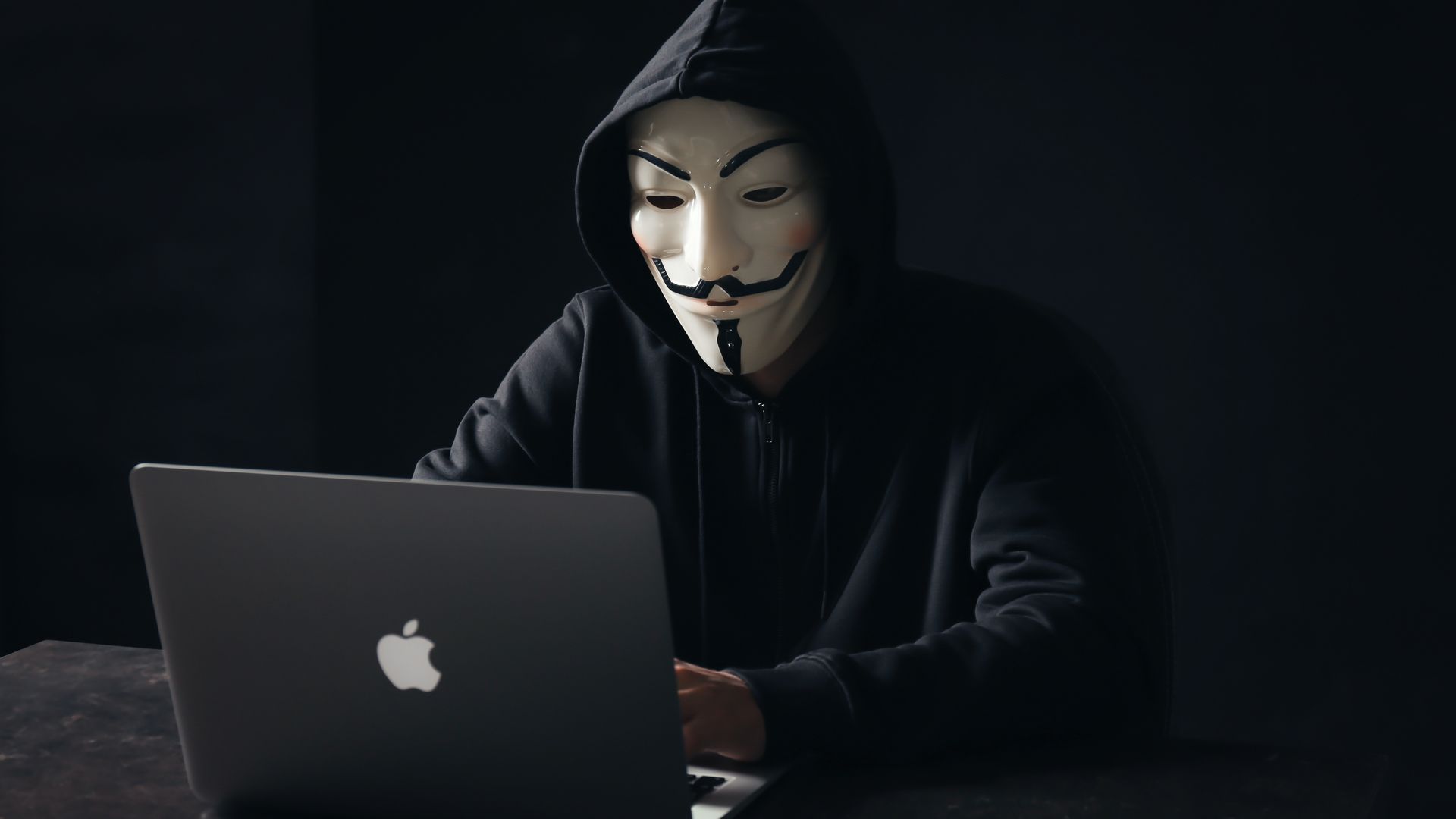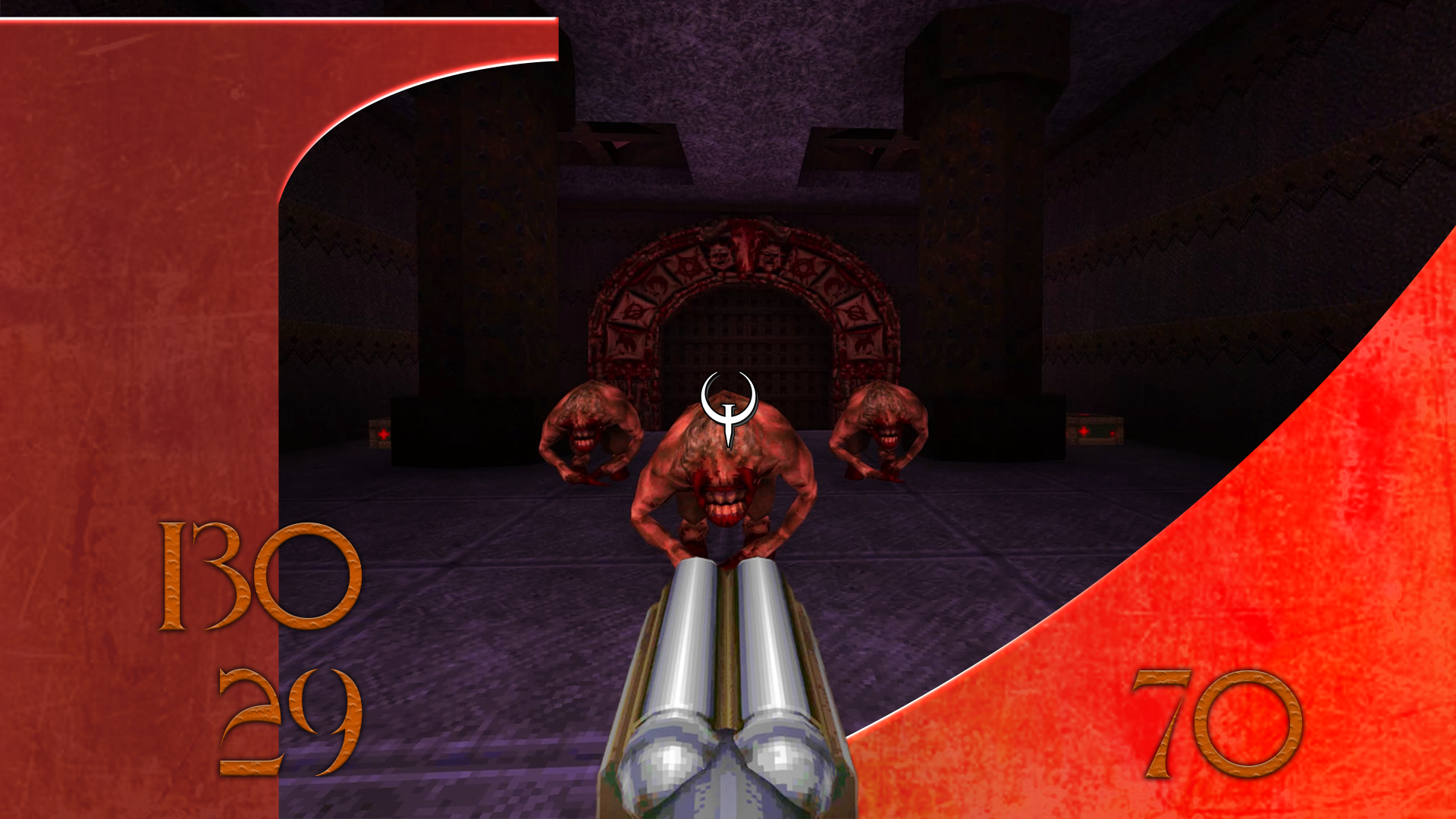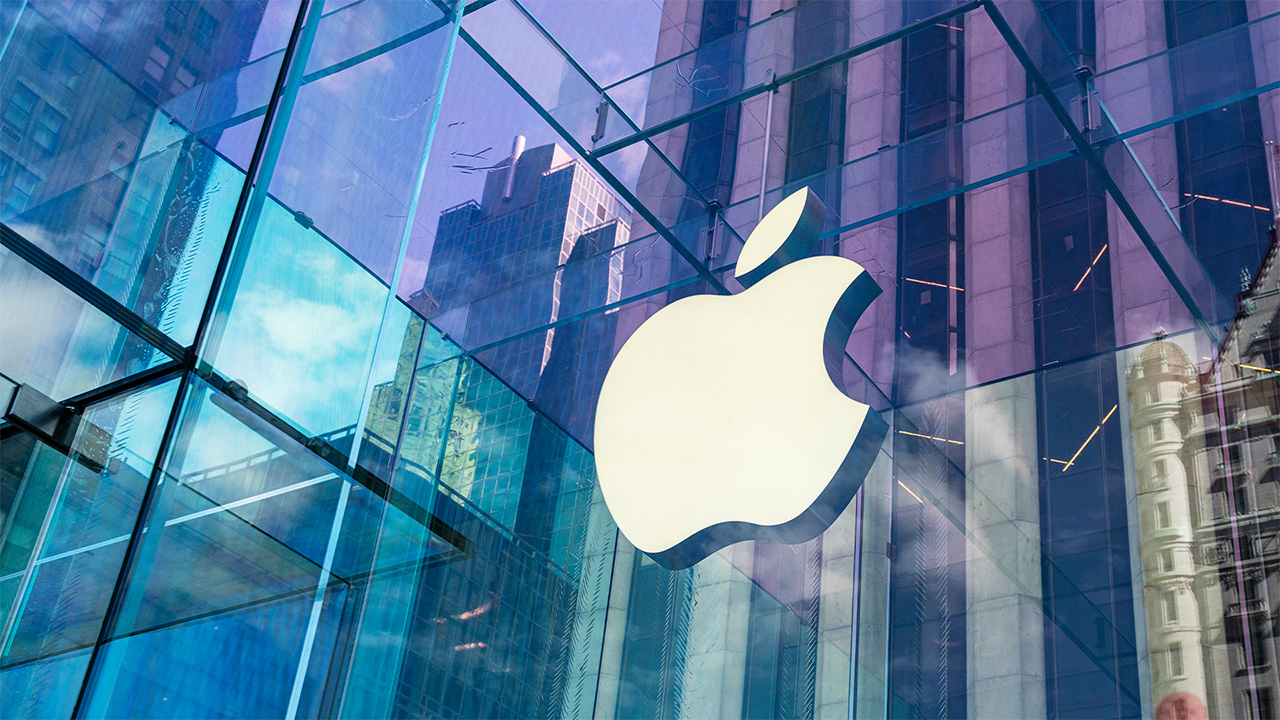
Key Takeaways
- Imageboards are anonymous internet forums that prioritize image-based posts.
- Imageboards originated on sites like Ayashii World and 2chan in Japan before inspiring Western sites like 4chan.
- Modern meme culture, remixing, and anonymous activism have roots in imageboards like 4chan’s infamous /b/ board.
You may have heard of or even visited so-called “imageboards” such as 2chan and 4chan, but these weird, almost completely unregulated sites are more than just macabre curiosities. Imageboards are an important part of modern internet culture, and a precursor to some mainstream social media.
What the Heck Is an Image Board?
An “imageboard” is essentially a type of internet forum, but every post begins with an image in addition to text. Subsequent replies are followed either by just text, or more images as well as text. A defining feature of imageboards is that the users post anonymously. Posts are impermanent, and any that get pushed below the last page of the forum are gone forever unless they’re preserved elsewhere. Which is why several imageboard archive sites exist.
I’m not going to link directly to any imageboards in this article, and I absolutely do not recommend you visit them, even out of morbid curiosity.You have been warned.
The First Image Boards From Japan
The 2chan home page in 2024.
It’s hard to say what the absolute first imageboard, or imageboard precursor was, but it seems like most people agree that the ancestor to modern imageboards was a site called Ayashii World. Launched in 1996, this Japanese site was the first modern imageboard as we know them today. The word “ayashii” means something like “shady” or “suspicious” and, indeed, the content on Ayashii World tended to be raw and uncensored, buoyed by the inherent anonymity of the site.
Ayashii World laid the foundation, but what really rocketed imageboards to international attention was Futaba Channel also known as “2chan”. “Futaba” can mean something along the lines of “twin leaves”, which is where the “2chan” name comes from.
2chan is a Japanese-language imageboard launched in 2001, with an ultra-simplistic design that would serve as the template for imageboards to come. The site became a mecca for Japanese otaku, a derogatory term in Japan (though somewhat softened now) that means something along the line of “geek”. People would come to 2chan to express ideas without reservation, good or bad, with no filter. While the posters were anonymous, anyone can browse and view the site. So “lurkers” (people who read but don’t post on a forum) would abound.
Western Image Boards Rise From the Depths
In the West, 2chan quickly inspired copycat sites, but for English language users. The most notable of these is without a doubt 4chan, which went online in October of 2003. Sites like 8chan and Endchan would also emerge as alternatives to 4chan, but never had anywhere near the same impact.
Modern Meme Culture Is Built on Image Boards
Africa Studio/Shutterstock.com
Despite its reputation, a site like 4chan isn’t completely unregulated. There are various boards dedicated to specific topics, and you can’t just go posting about whatever on those boards. However, what most people think of when you say “4chan” is the /b/ or “random” board. This is a board on 4chan meant specifically for an “anything goes” type of culture. Here’s where you’ll see the best and worst of humanity, and quite possibly things so disturbing that no one should see them ever.
That said, so much of the internet culture we all enjoy today on mainstream social media websites comes from /b/. This is where LOLcats and Rickrolling were birthed. It’s the incubator of remix culture. While memes might be shared on platforms like X or Facebook, and some even develop here, imageboards like 4chan’s /b/ are still the chaotic engine that drives these cultural inventions.
There’s plenty of real-world impact to be found as well. The hacker group Anonymous, for example, has its origins partly from 4chan. The culture of /b/ and how a loose group of anonymous terminally-online computer-savvy people could come together for a cause was transformational. Someone could hop on /b/ and ask “anon” to help with some cause for justice, and within hours it was done.
Today, groups like Anonymous are their own thing, but there’s no denying the critical role imageboards from the late 90s and early 2000s played in forming the modern internet. Especially given how mainstream social media platforms have worked to remove anonymity from the web. Imageboards aren’t as obscure as the Dark Web, but not as monitored as mainstream sites. So perhaps there will be a niche for them to occupy for the foreseeable future.
Source link












